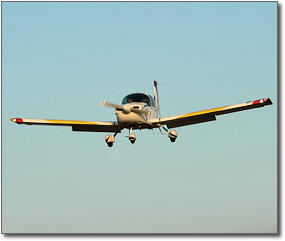Subscriber question:
"I fly a C172. I was taught to use the first notch of flaps abeam the approach end of the runway on downwind, add the second notch on base, and add the third notch after turning final. In gusty/x-wind conditions, I feel more comfortable not using the final (third) notch. What are the pros and cons of this vari
Wally:
“Flaps are simply a tool to be used by the Pilot in Command. So don’t be reluctant to adjust your use to fit the situation. If you find it more comfortable to land with less flaps in a gusty crosswind condition, you should do that unless there is a POH prohibition against it.
 In gusty crosswind conditions, many pilots feel a higher approach speed with a lower flap setting gives them more control of the aircraft during the flare and that is correct, however, you still need to transition from flying speed to touchdown speed and that will take longer with less flaps. I have seen pilots approach with way too much speed and too little flaps on a windy day and watched them float and balloon all the way on down the runway, fighting the aircraft all the way. Also, landing with less than full flaps will cause you to use more runway which may or may not be a problem depending upon the airport.
In gusty crosswind conditions, many pilots feel a higher approach speed with a lower flap setting gives them more control of the aircraft during the flare and that is correct, however, you still need to transition from flying speed to touchdown speed and that will take longer with less flaps. I have seen pilots approach with way too much speed and too little flaps on a windy day and watched them float and balloon all the way on down the runway, fighting the aircraft all the way. Also, landing with less than full flaps will cause you to use more runway which may or may not be a problem depending upon the airport.
For what it’s worth, most airline and corporate aircraft always land with full flaps but they may add a speed increment for strong winds and gusts. The advantage here is that the flare is the same each time and the landing distance is predictable.
Follow the guidance in your POH, get the approach stabilized early and don’t add unnecessary speed.”
